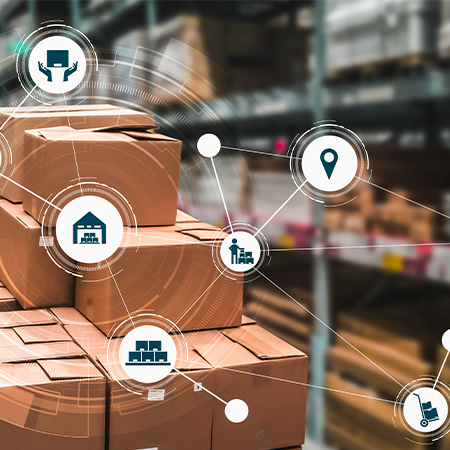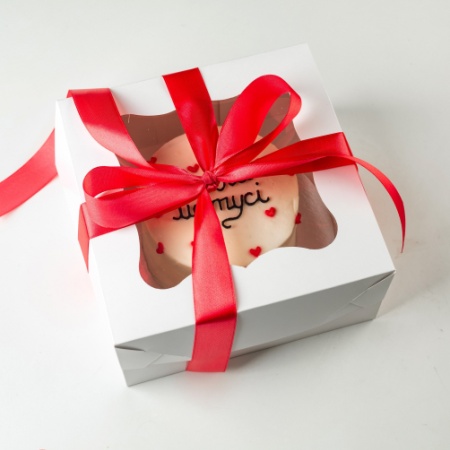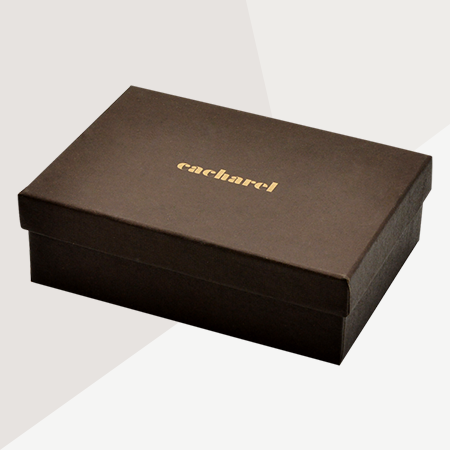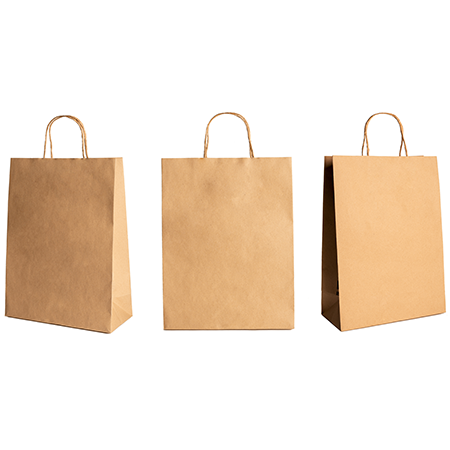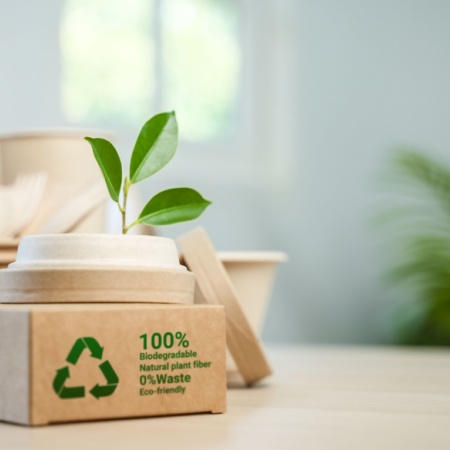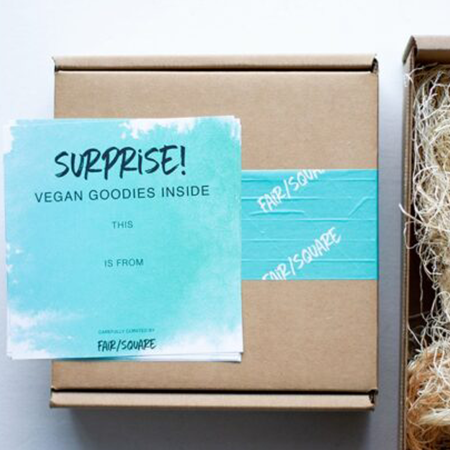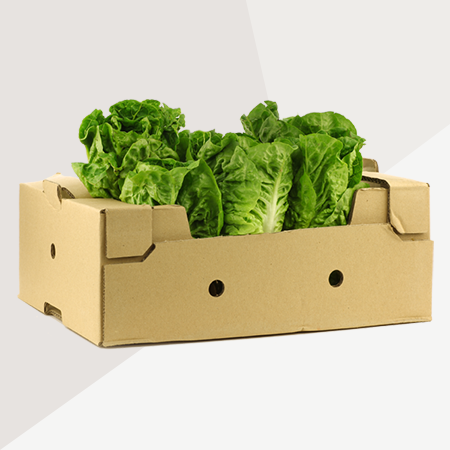Smart packaging methods are rapidly growing and evolving. Many companies are choosing smart packaging for their products, with a majority of usage currently in the food industry. Smart packaging, equipped with small electronic components, offers consumers the opportunity to gain a wide range of information about the product through its functions and capabilities. With the impact of advancing technology, it is expected that more personal interaction with products will be possible in the near future. For example, a chip placed on a continuously purchased chocolate bar or any product's packaging will provide a wider range of information about the brand and manufacturer. By assigning an identity or number to each package and planning to connect it to the internet, this system aims to create the "internet of packaging" for fast-moving consumer goods. Additionally, various sensors and indicators are expected to be integrated to provide information about the product's instant status. For example, in the case of a leak in food packaging, it will be possible to intervene immediately with the warning of the sensors. In this blog article, we will discuss four systems that will develop smart packaging techniques in the form of items.
Freshness Sensors
Access to current information on food freshness is a topic that is currently on the agenda and has become a requirement in the industry. Foods can lose freshness on the first day and deteriorate owing to temperature fluctuations during transportation and the expansion of shelf lives. These conditions are sometimes not noticed, and the appropriate controls are not implemented, resulting in the delivery of contaminated food to customers. Freshness sensors are essentially a system that detects food deterioration by changing the color of the label on the box. Using this technology will make it possible to find spoiled food before it gets to the consumer and cut down on food waste by a large amount.
Gas Sensors
Gas sensors are a system that measures the amount of gas in a product's packaging in order to ensure its safety. The components of the gases in the packaging may differ based on the packaging material and environmental circumstances. This system, which employs oxygen and carbon dioxide indicators, will enable gas quality monitoring.
Time and Temperature Sensors
These sensors will provide temperature information and allow temperature control throughout the food transportation process. This system, which uses small measurement tools to visually report the reactions of food to changing temperatures, can be employed notably for frozen foods. This system is also claimed to be less expensive than other systems.
Barcodes
The most popular and least expensive data carriers are barcodes, which are used to identify products and materials. Barcodes are still being developed to aid people with visual impairments and language comprehension issues. Barcodes will be read in ovens as technology advances. Customers will save time and energy by having the oven read the barcode on the food packaging; the oven will automatically reach the necessary cooking guidelines and complete the cooking procedure due to the barcode.
If you want to take advantage of LuxBoxPack's packaging options that are suitable for every product and have every material, you can contact us immediately through our website.
